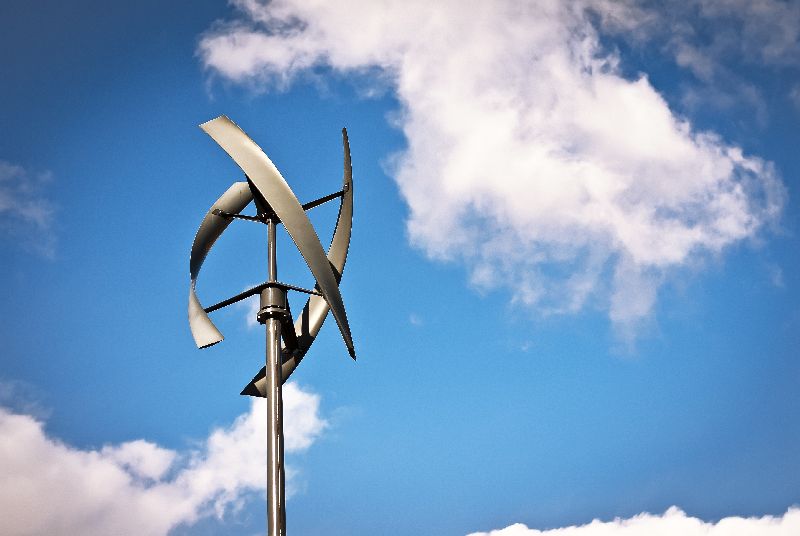Polar ice caps are melting, brush fires are burning Australia, and coral reefs across the ocean are bleaching. So far, 2020 has been a real eye-opener when it comes to the effects of climate change. Government representatives are vying for a Green New Deal to halt and reverse these harmful consequences, which means stricter laws can be put in place to create a more sustainable future.
However, legislation isn’t the only way we can save Mother Earth.There are plenty of ways consumers can reduce their carbon footprint to create a greener future that protects generations to come. If you’re ready to make some impactful lifestyle changes, keep reading below.
1. Upgrade your home
The home you live in is a major contributor to the climate crisis. If you’re like most homeowners, you’re probably living off “the grid,” or the wires you see dangling between each house for electricity. This source of energy is powered by fossil fuels, which impacts the planet we live on in many harmful ways.
One way you can upgrade your home is by switching to alternative energy. Three innovative options for going greener include hydro, solar, and wind energy. Today, solar energy is by far the most popular alternative energy source for residential properties. Not only is switching beneficial to the environment, but it’s good for your wallet as well!
Other home upgrades you can make include replacing your front door with an eco-friendly front door made from sustainable wood and securely traps heat in. Or, consider installing skylights to save energy. These rooftop windows allow natural light to come in and heat your home and can also be opened to reduce humidity.
However, major home upgrades can be expensive, which is why it’s important to budget or look for financing. PACE funding is a viable option for many homeowners, as it provides you with money upfront for remodeling projects that are strictly for sustainability purposes, such as solar water heating, green roofing, and storm shutters.
2. Go thrifting
Fast fashion is another leader in the climate change crisis. In fact, fast fashion makes up at least ten percent of our world’s carbon emission. It leads to polluted rivers and dries up water sources, and once the fad has passed, consumers discard their garments, which then end up in landfills. Rather than going to popular stores like Forever 21 or GAP, pay a visit to your local thrift store.
The beauty of thrift shopping is that you never know what you’re going to find. Vintage fashion is in vogue, and at thrift stores, you’re bound to find a retro windbreaker, horn rimmed glasses, or bell bottom jeans. And, thrifting is great for the environment! The benefits of thrifting include less:
- Plastic in landfills
- Clothing in landfills
- Water used
- Pollution
3. Take public transportation
 If you live in a bustling city, chances are you have plenty of public transportation options available to you. Trains, subways, trolleys, busses—these are just some of the modes of transportation you should switch to if you want to reduce your carbon footprint. Why? Because taking public transportation is one less car on the road, which reduces the amount of gasoline burned a day. Air quality is also improved in metropolitan areas, as there are fewer vehicle emissions to create smog.
If you live in a bustling city, chances are you have plenty of public transportation options available to you. Trains, subways, trolleys, busses—these are just some of the modes of transportation you should switch to if you want to reduce your carbon footprint. Why? Because taking public transportation is one less car on the road, which reduces the amount of gasoline burned a day. Air quality is also improved in metropolitan areas, as there are fewer vehicle emissions to create smog.
4. Cut back on food waste
Did you just go to an all you can eat buffet and left with half a plate full because you grabbed too much? Food waste depletes nearly one-fourth of our water supply and ends up in landfills across the country. Why is this harmful to our planet? Because when food decomposes, it releases methane. Methane is a greenhouse gas that’s 21 times more harmful to our planet than carbon dioxide?
To cut back on food waste, invest in reusable tupperware and only shop in moderation. Rather than going to the grocery store every Sunday and stocking up, try shopping a few times a week or freezing food to prevent items from spoiling. Also, make sure to recycle any containers or bags your food came in, as this can also shrink your carbon footprint.
Final thoughts
While you may feel like a small fish in a big pond, your individual actions can play a major role in climate change. Taking steps to reduce your carbon footprint can help reverse the harmful effects of climate change we’re experiencing today. With these four tips handy, you’ll be on your way to creating a future you’re proud of.
Article Submitted By Community Writer



